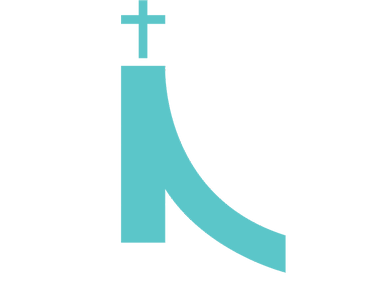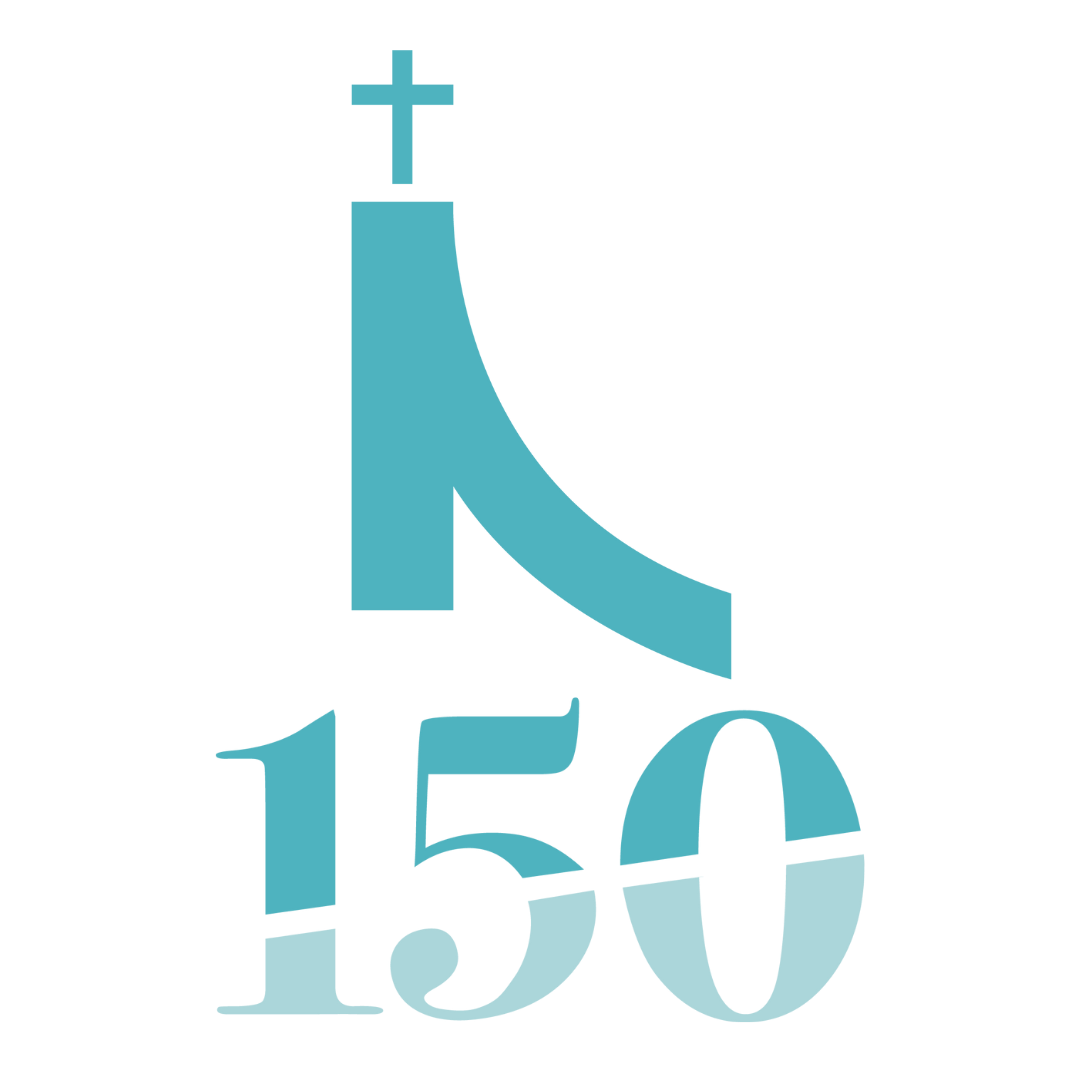The Music of Taizé
By Nancy Pierson
If you have been coming to TUC Sunday worship (or watching it live stream) over the past year, you have surely heard the story of the ecumenical community of Taizé in Burgundy, France, founded by Brother Roger in 1940. Today, Taizé is made up of more than 100 brothers from different Christian faiths and countries, and attracts thousands of people every year. And while the community’s purpose is reconciliation among Christians and communion for all, it is probably best known for its music.
I would like to share with you the origins of the music of Taizé, why it was written, and what it means to many of us who sing it. First, however, I would like to share my first experience of Taizé. I was a graduate student in Chicago and had just joined one of the campus ministries. It was at a vespers service where I first heard “Ubi Caritas”. In English, the lyrics are “Where love and charity are found, God is there”. It took me a few times singing through to “get” the simple melody and words. After a few more times, as various harmonies were added over the melody, the chant went from my brain to my heart to my whole body. I felt filled with God’s love, and Taizé has been part of my spiritual life ever since.
At TUC, we have a long history of singing Taizé. For many years we have offered a “Blue Christmas'' service in December and a Lenten Taizé worship. Although there are only two Taizé chants in our hymnal (“Jesus, Remember Me” and “Gloria”), others have become as familiar to us as the hymns we grew up with; the communion song “Eat This Bread” comes to mind.
Why this style of simple words with a simple melody? In the 1960s and 70s, as the Taizé community became better known, more and more people arrived on pilgrimage, spending days, or even longer, for retreats. (The Church of Reconciliation at Taizé was built in 1962 to accommodate the growing number of worshipers, and seats 6,000. It is almost always full.) The brothers wanted music that would allow all to participate in the worship. In 1974, Brother Robert asked Jacques Berthier (1923-1994), an organist and composer based in Paris, to write chants to be used in worship. Over the next 20 years, Berthier composed a body of music for Taizé - over 230 songs that have been translated into over 20 languages. The words are direct quotes or paraphrases from scripture - short, simple phrases with melodies that are easy to remember.
“But these Taizé chants are so repetitive. I just want to move on”, I was told by someone a few weeks ago. “Why do we have to sing each piece 5 or 6 times?” My response? Perhaps we can think of each chant as a “musical” centering prayer. Many of us use centering prayer - a verse from the Bible that we repeat as we pray. (An example might be the Jesus Prayer - “Lord Jesus Christ, Son of God, have mercy on me.”) This repeated verse and the accompanying melody (called the “ostinato”) is intentionally simple. We don’t need to remember which verse we just sang or find our place in the hymnal. It allows us to internalize the words and the music so that they go from our heads to our hearts. As we sing (or as we listen), we can leave behind the distractions of the day and focus on the Lord. Some of us may feel immersed in the music and words, as I did at the vespers service so long ago.
Taizé chants also offer us layers of music. Perhaps the word “simple” is deceptive in this regard. We start with the repeating melody. Then harmonies are added. On top of that, we have instrumental accompaniments and verses. Every time a chant is sung, the tempo and this combination can change, so it is different every time. (A good example might be the song “Bless the Lord my Soul”, which you can find on Youtube, along with all the other songs of Taizé.)
I have told you what this music means to me. Now I would like to share with you what some of our TUC Taizé singers have written.
“Because Taizé music is so simple and repetitive, it keeps my focus where it should be: on the worship of God and meditation on his word and on joining a community doing the same thing together. In this way, it fills the niche that the chanted mass originally was designed to fill, letting us reflect on God's promise, sacrifice, and resurrection together.” -Rachel
“After I finished my own last recital in 2001, I lost my musical goal to achieve what I had been doing since I was 15. After 20 years of silence, it came from heaven to have a new goal! I am extremely happy to sing Taizé from my deep heart with passion.This is the goal of my long musical life.”-Michiko
“I was interested in Taizé music, but had not been to a worship service until recently. The music is very simple, but reaches my heart very strongly. And because it is close in style to classical music, I always feel so happy to sing Taize songs.” -Tomoko
“I first encountered the music of Taizé at the Episcopal church I attended in college, and was struck at once by the blend of simplicity and complexity: short, simple melodies that you could learn by heart after singing them a couple of times, but with four-part harmony and vocal and instrumental descants that could turn the repetitive chants into an uplifting musical experience.Then I heard the story of the Taizé Community, and in my second year, made the pilgrimage there. It’s been the center of my spiritual universe ever since.” -Charles
“Taize music is a wonderful way to internalize God’s Word - I find myself humming the tunes over and over during the week, remembering the feeling of the service and then the meaning of the lyrics. I’m so grateful that alongside all the other wonderful music and worship that we have at TUC, we have the opportunity to connect with God in this special way.” -Nick
The music of Taizé may not speak to everyone, but I hope that understanding why it was written will help you appreciate it more. And who knows? You may find that you don’t want to stop singing a chant after 5 or 6 times, that it has indeed gone from your head to your heart, and has become prayer.
Watch Below Pastor Steve Introduce Taizé back in September of 2021


